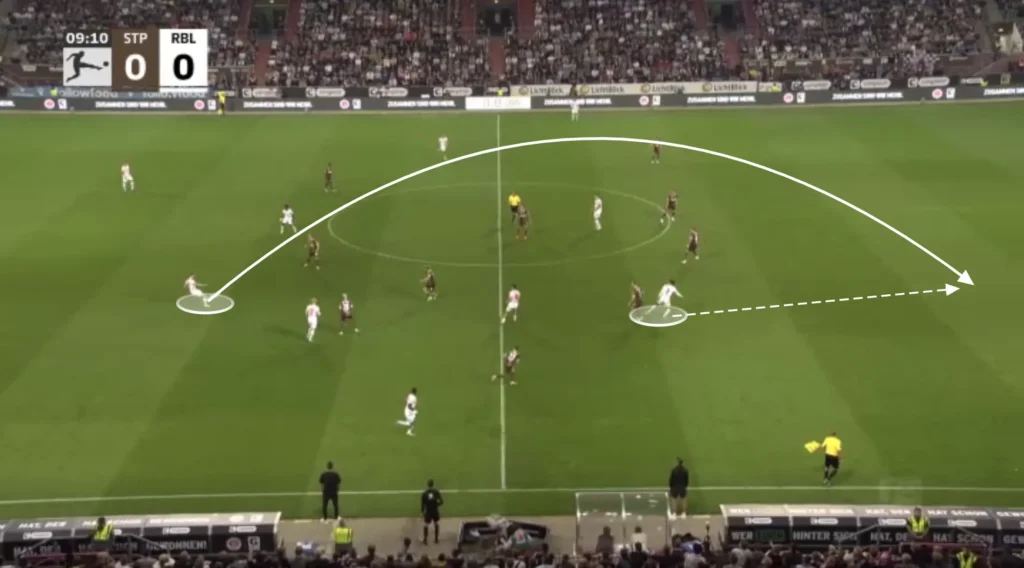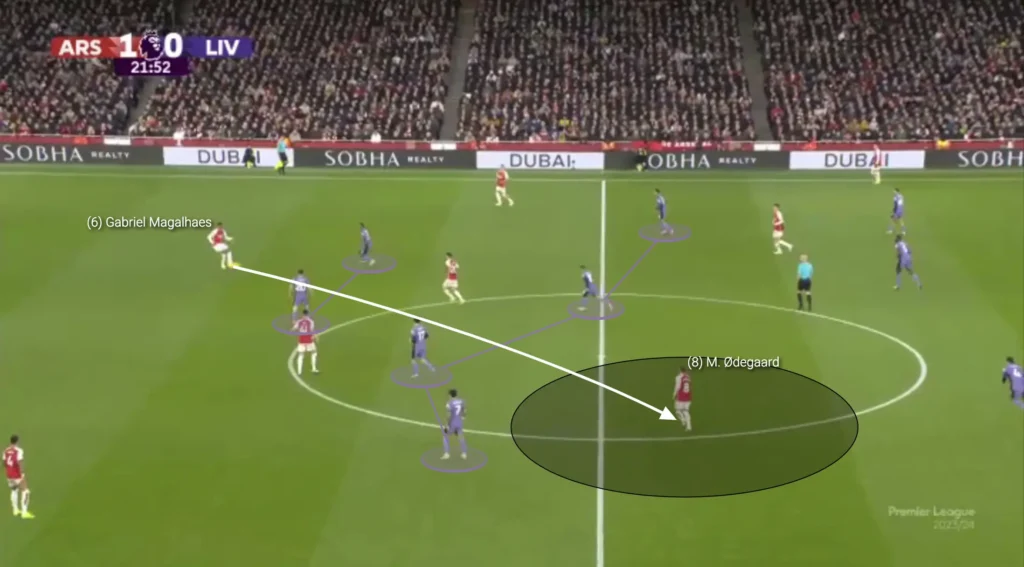In modern football, possession-based play has become increasingly sophisticated, with teams aiming to control matches through structured build-up and intricate passing sequences. However, possession alone does not guarantee attacking effectiveness. The ability to move the ball forward with speed and precision—known as verticality in possession—is what often separates stagnant, predictable teams from dynamic, goal-threatening sides.
Verticality is a tactical principle that emphasizes forward progression, breaking defensive lines, and maximizing attacking efficiency. Whether through direct passing, quick transitions, or intelligent movement, verticality enables teams to maintain offensive momentum while reducing the opponent’s time to reorganize. This article explores the key principles of verticality, its tactical implementation, and its growing importance in modern football.
What is Verticality in Possession?
Verticality in possession refers to a team’s intent to progress the ball forward efficiently, often prioritizing quick, direct passing sequences over slower, more lateral build-up play. This concept is crucial in breaking defensive lines, increasing attacking tempo, and creating goal-scoring opportunities.
While some teams rely on horizontal circulation to control possession, a vertical approach focuses on finding spaces between the lines, exploiting gaps in the opposition’s defensive structure, and maintaining offensive momentum. The emphasis is on moving the ball forward with purpose rather than retaining possession for the sake of control.
Key Principles of Verticality
- Direct Forward Passing – Players aim to play progressive passes rather than recycling possession sideways or backwards. The ability to move the ball quickly from deeper positions to attacking areas is crucial in disorganizing defensive structures and generating offensive threats.
- Positioning Between the Lines – Attackers and midfielders position themselves between opposition defensive and midfield lines to receive progressive passes. This forces defenders to make quick decisions, often leading to disorganization and creating space for teammates.
- Quick Transitions – Teams with a vertical approach seek to capitalize on turnovers by launching rapid counterattacks. This is particularly effective against teams that commit players forward, leaving gaps that can be exploited with quick ball movement.
- Support Runs and Movement – Players off the ball make dynamic runs to provide passing options and stretch the opposition’s defensive shape. Off-the-ball movement is just as important as the ball carrier’s decision-making in executing a vertical strategy.
- Minimal Backward Circulation – While ball retention is important, verticality reduces unnecessary recycling and emphasizes constant forward progression. The priority is to maintain attacking momentum rather than playing it safe with lateral passes.
Tactical Implementation of Verticality
Different teams apply verticality in various ways depending on their tactical setup and player profiles. Here are some common approaches:
Through-Balls & Line-Breaking Passes: Midfielders and defenders look for incisive passes between defenders to find attackers on the move. These passes require precise timing and technical ability to be effective.
Third-Man Combinations: Utilizing quick passes with a third player providing an option to maintain forward momentum. This approach is effective in breaking compact defensive structures and opening spaces in congested areas.
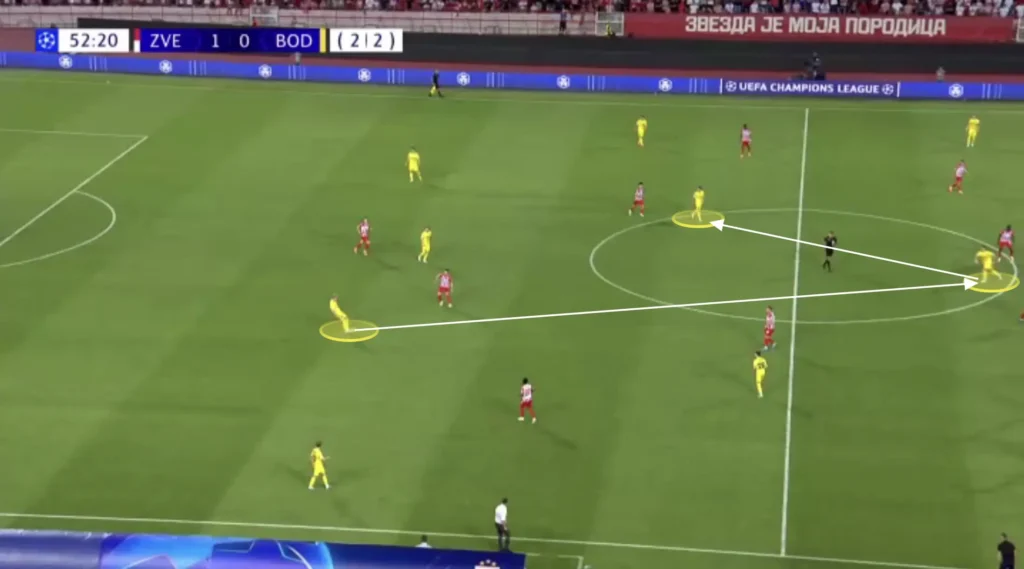
Vertical Half-Space Exploitation: Players operating in half-spaces can create direct passing lanes, bypassing compact central blocks. By utilizing these areas, teams can break through the opposition lines without relying on traditional wing play.
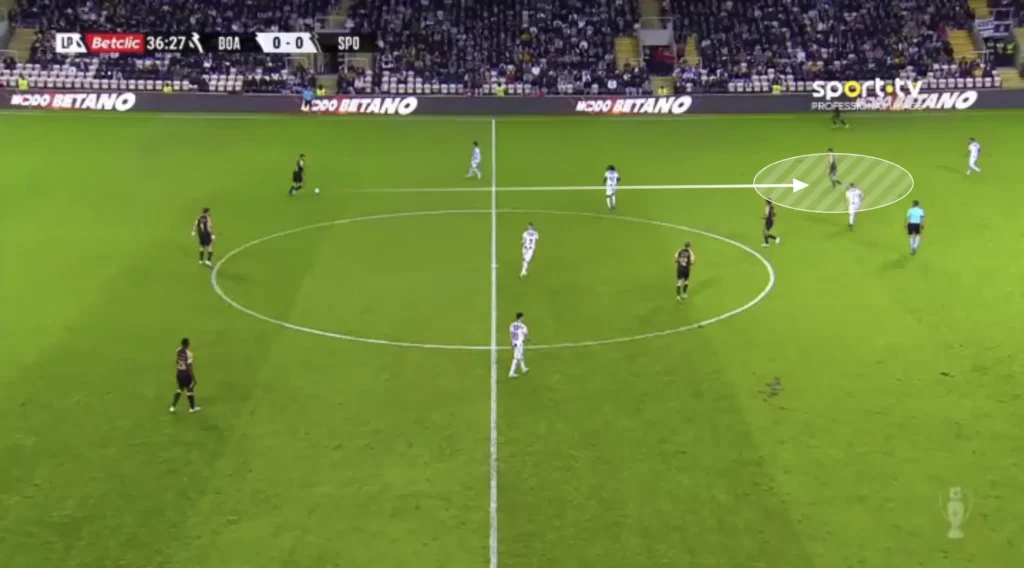
Direct Play from Deep Areas: Center-backs and deep-lying midfielders initiate long, accurate vertical passes to bypass pressing. This strategy is particularly useful when facing high-pressing teams that leave space in behind their midfield line.
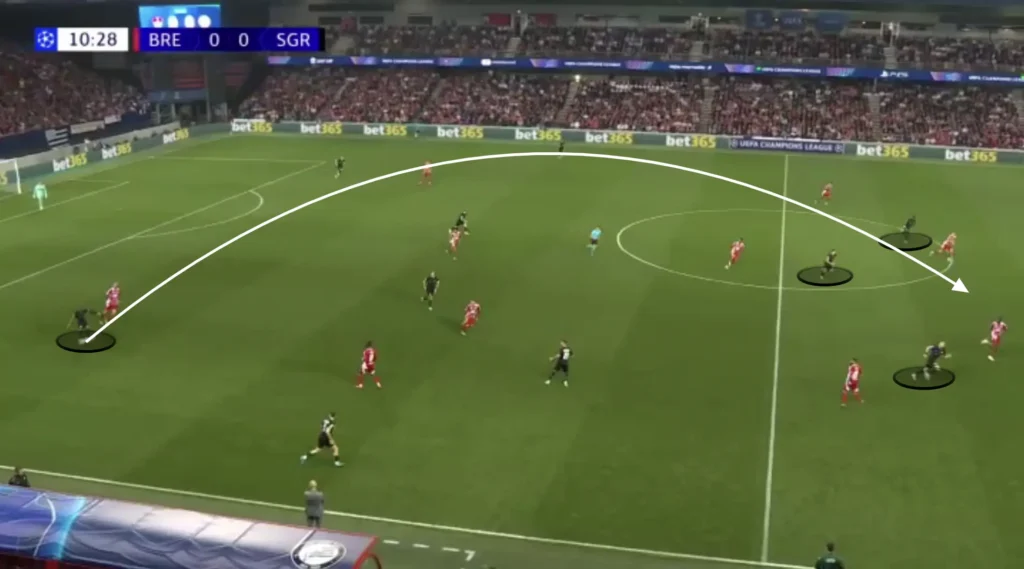
Counterattacks & Fast Breaks: Teams transition rapidly after winning the ball, looking for direct routes to goal. This method takes advantage of defensive imbalances and forces the opposition to react quickly to attacking threats.
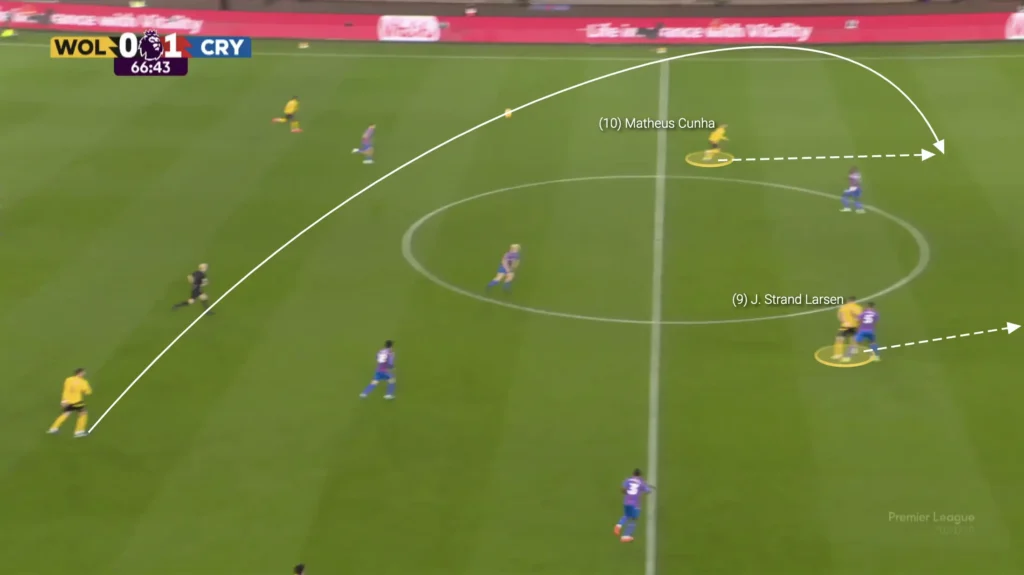
Importance of Verticality in Different Phases of Play
Verticality in possession is not limited to just the attacking phase. It is an integral part of how teams manage different situations in a match. Here’s how it applies in various phases:
Build-Up Phase
Verticality begins in the build-up phase when defenders and midfielders look to progress the ball quickly rather than circulating it aimlessly. The presence of press-resistant midfielders and technically proficient center-backs is crucial for executing vertical build-up patterns effectively. If executed well, verticality in this phase allows teams to bypass opposition pressing structures and launch attacks with numerical superiority.
Midfield Play and Ball Progression
In midfield, verticality manifests through the ability to break lines with passes and movement. Midfielders must have the vision and technical ability to identify spaces and exploit them with incisive passes. Additionally, off-the-ball movement from attackers and supporting midfielders plays a significant role in ensuring that passing options are always available.
Attacking Phase
In the attacking third, verticality helps in creating chances by reducing the amount of time defenders have to organize themselves. Teams that prioritize vertical movement force defensive lines to retreat quickly, often resulting in defensive gaps that can be exploited. This can be achieved through well-timed runs, combination play, or even direct shots from distance.
Transitions
Even in defensive situations, verticality plays a role. When a team wins back possession, a vertical approach ensures that they capitalize on the opposition’s disorganization. Teams that excel in quick transitions use verticality to immediately exploit defensive gaps and launch high-speed counterattacks.
Positional Requirements for Effective Verticality
To implement verticality successfully, teams must have players suited for the approach in key positions:
- Ball-Playing Center-Backs: Defenders who can break lines with passes and comfortably carry the ball forward.
- Press-Resistant Midfielders: Midfielders who can receive under pressure and distribute the ball vertically.
- Dynamic Fullbacks: Wide players who contribute to the attack by making overlapping or underlapping runs to stretch defensive structures.
- Creative Playmakers: Attackers who can drop into pockets of space and receive progressive passes between the lines.
- Fast and Intelligent Forwards: Strikers who can time their runs behind defensive lines and capitalize on direct passes.
The Evolution of Verticality in Modern Football
The importance of verticality has increased in modern football due to the evolution of defensive tactics. Many teams now employ high-pressing systems that attempt to suffocate opponents in their own half. To counteract this, verticality offers a solution by enabling teams to bypass pressure quickly and exploit the spaces left behind.
Additionally, the rise of transition-based football has made verticality a key aspect of offensive play. Teams that can move the ball quickly after winning possession often enjoy more success in creating scoring opportunities before the opposition can recover.
Conclusion
Verticality in possession is an essential tactical element in modern football, balancing structured build-up with incisive, attacking intent. Whether through direct passing, quick transitions, or intelligent movement, teams that embrace verticality can unbalance opponents and create decisive opportunities in the final third. As football continues to evolve, verticality will remain a key factor in determining the effectiveness of attacking play.

